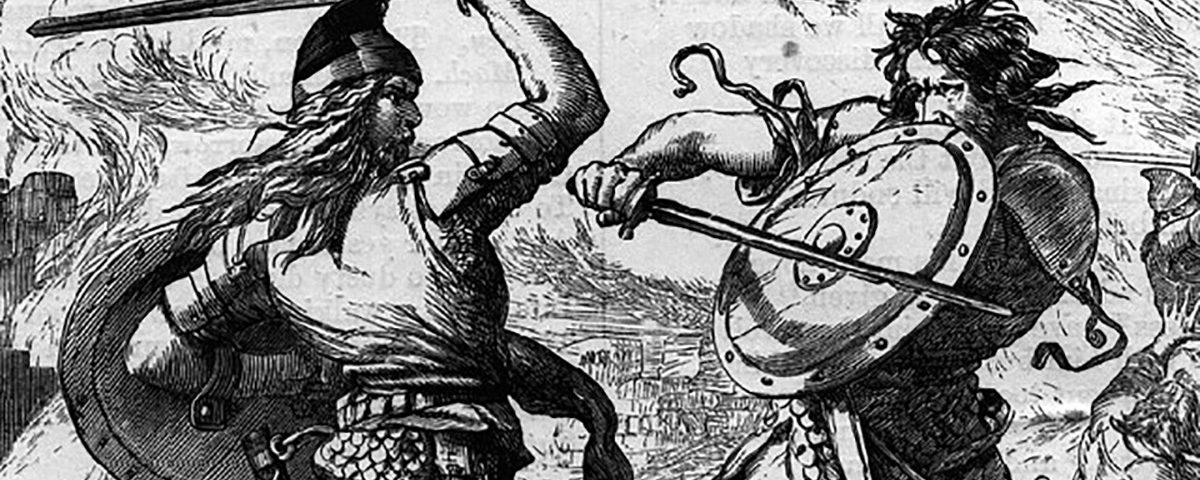Slapstick & Stage Combat

In theater, the art of falling, tumbling, and staged combat was once integral to an actor’s skill set. Today, these techniques hold value and relevance in the performing arts world, offering actors a versatile tool that can be applied across various theatrical styles and genres. Whether in Clowning, Shakespearean drama, or Commedia dell’Arte, the ability to perform slapstick and stage combat remains valuable for actors and performers.
The significance of slapstick and stage combat training extends beyond its practical application in specific theater styles; it also encompasses the development of essential skills and dynamics within a theatrical ensemble. Here’s why these skills are still highly regarded in the performing arts:
- Versatility: Slapstick and stage combat techniques are not limited to a single theatrical style. They can be seamlessly integrated into various performances, adding depth, humor, and dramatic impact to the storytelling.
- Physical Discipline: Mastery these skills demands a high level of physical discipline. Actors must hone their coordination, timing, and control, enhancing their performance.
- Focus Development: Performing slapstick and stage combat requires intense focus and concentration. Actors must be fully present in the moment, reacting to their fellow performers with precision and awareness.
- Trust Building: Engaging in physically demanding and potentially risky activities on stage fosters a deep trust among ensemble members. Performers must rely on each other for safety and effective execution.
- Fun and Engagement: Let’s not forget the sheer enjoyment of playing physical comedy and mock combat. It’s a fun and engaging aspect of theater that can captivate both actors and audiences.
- Safety First: It’s important to note that all these activities are conducted within carefully defined and explained safety parameters. The training ensures that actors can convincingly portray physical conflict while safeguarding themselves and their fellow performers.
In essence, the enduring value of slapstick and stage combat lies in their theatrical utility and their capacity to shape actors into versatile, disciplined, and closely-knit ensembles. These skills, rooted in physicality and precision, continue to be cherished in the ever-evolving world of theater, enhancing performances and captivating audiences.
All prices include GST